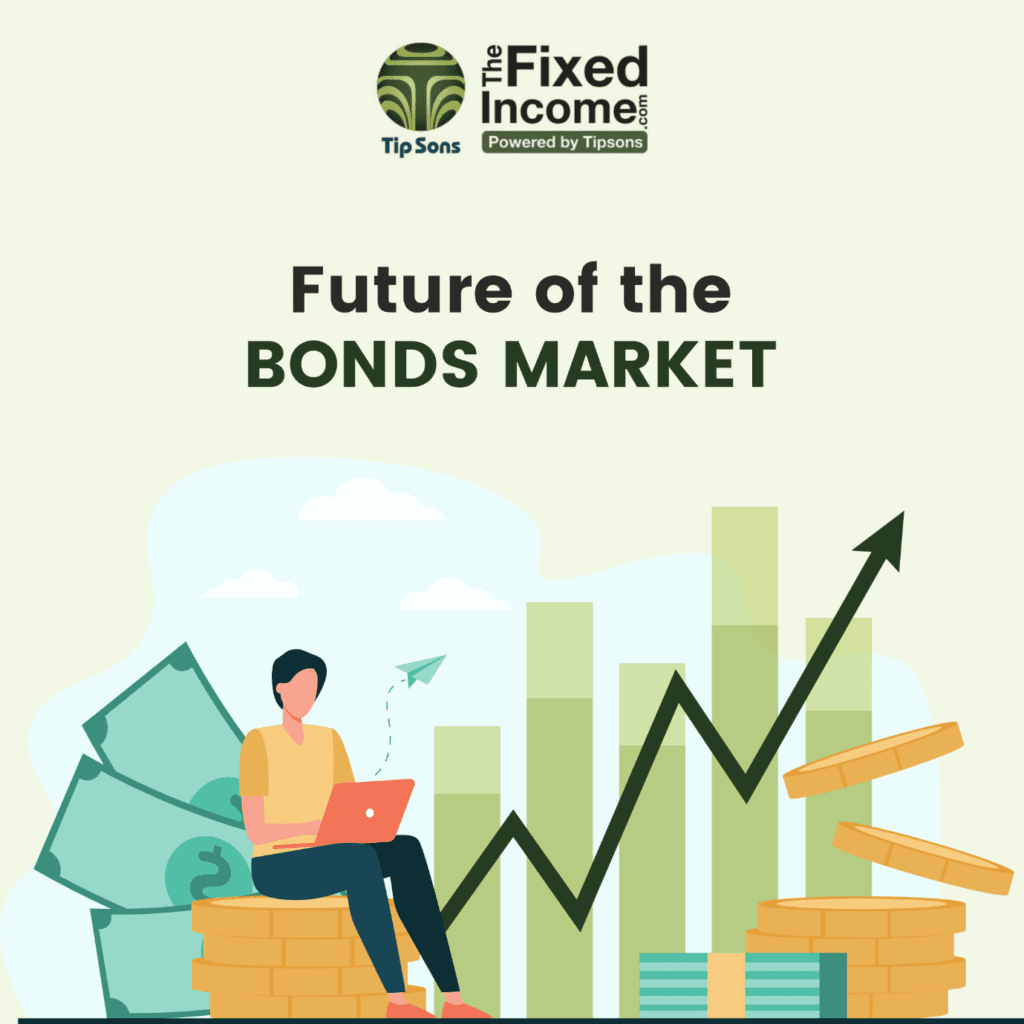Bonds have been around for centuries. They are an essential component of the financial market as well. Corporations, governments, and municipalities can raise capital by issuing these fixed-income securities. The bond market is vast, and it plays a critical role in the global economy. But, like all markets, the bond market is not uniform and continues to evolve. In this blog, we will discuss the future of the bond market and the trends that will shape it in the coming years.
The Rise of ESG Bonds:
The rise of ESG bonds is a significant trend in the bond market, reflecting a growing awareness among investors. The attention is on the impact of their investments on the environment and society. ESG bonds offer an opportunity for investors as they:
- Support projects that align with their values while generating returns.
- Enables finance initiatives such as clean energy or social housing, providing an avenue for investors.
This might lead to a positive change. These bonds are in high demand as more investors focus on ESG considerations. The rise of ESG bonds represents an essential shift in the bond market. It portrays a broader trend toward socially responsible investing.
Technology and Automation:
The second trend discussed in the blog is technology and automation and how it is transforming the bond market. Automated trading systems and algorithms have made the following changes:
- Bond trading is becoming faster and more efficient.
- It has reduced the need for traditional voice-based trading.
Also, blockchain technology has made bond trading more secure and efficient. This trend can make bond trading more accessible to a broader range of investors. This reduced the costs and increased transparency. You might face the following hindrances:
- The need for cybersecurity measures and
- The potential for increased market volatility.
Changing Interest Rates:
The impact of changing interest rates on the bond market is significant. As interest rates rise, bond prices may decrease. The reason is higher investors’ demand to compensate for the increased risk. Investors might find these bonds less attractive. But new bonds that offer higher yields may become more beautiful. This provides an opportunity for investors to generate more income. The bond market is evolving, and changing interest rates are one factor that can impact the market.
Inflation:
Inflation is a key factor that could impact the future of the bond market. If inflation rates rise, bond yields might slow down the purchasing power of investors. This could lead to a decrease in bond prices as investors demand higher products to offset inflation. If inflation remains low, bond prices may continue to rise. A range of factors might affect inflation, such as:
- Government policies,
- Supply chain disruptions and
- Global economic conditions.
Thus investors need to check inflation trends and adjust their investment strategies. All this can guide them toward the potential impact on the bond market.
Conclusion:
The future of the bond market is uncertain, but several trends will likely shape it in the coming years. ESG bonds will likely become more prevalent as investors rank environmental, social, and governance concerns. Technology and automation are also likely to play a significant role, making bond trading faster and more efficient. Interest rates and inflation are two factors that could impact the bond market in the future. Bond prices may decrease if interest rates and inflation rise, while new bonds with higher yields may become more attractive. Despite the uncertainty, the bond market will remain an essential component of the global economy, providing a way for corporations, governments, and municipalities to raise capital and investors to generate income and diversify their portfolios.

As the editor of the blog, She curate insightful content that sparks curiosity and fosters learning. With a passion for storytelling and a keen eye for detail, she strive to bring diverse perspectives and engaging narratives to readers, ensuring every piece informs, inspires, and enriches.










